Chemical biology of protein arginine modifications in epigenetic regulation
- PMID: 25970731
- PMCID: PMC4463550
- DOI: 10.1021/acs.chemrev.5b00003
Chemical biology of protein arginine modifications in epigenetic regulation
Figures
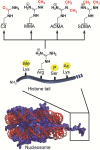



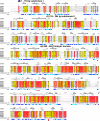



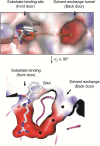



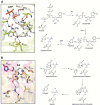

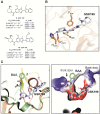
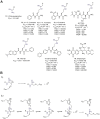

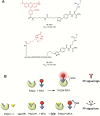




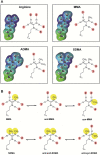
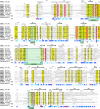
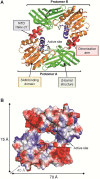








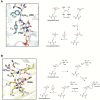







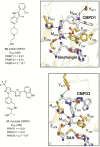





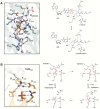


References
-
- Ruthenburg A. J.; Allis C. D.; Wysocka J. Methylation of lysine 4 on histone H3: intricacy of writing and reading a single epigenetic mark. Mol. Cell 2007, 25115–30. - PubMed
-
- Kouzarides T., SnapShot: histone-modifying enzymes. Cell 2007, 131 (4). - PubMed
-
- Tan M.; Luo H.; Lee S.; Jin F.; Yang J. S.; Montellier E.; Buchou T.; Cheng Z.; Rousseaux S.; Rajagopal N.; Lu Z.; Ye Z.; Zhu Q.; Wysocka J.; Ye Y.; Khochbin S.; Ren B.; Zhao Y. Identification of 67 histone marks and histone lysine crotonylation as a new type of histone modification. Cell 2011, 14661016–28. - PMC - PubMed
Publication types
MeSH terms
Substances
Grants and funding
LinkOut - more resources
Full Text Sources
Other Literature Sources

